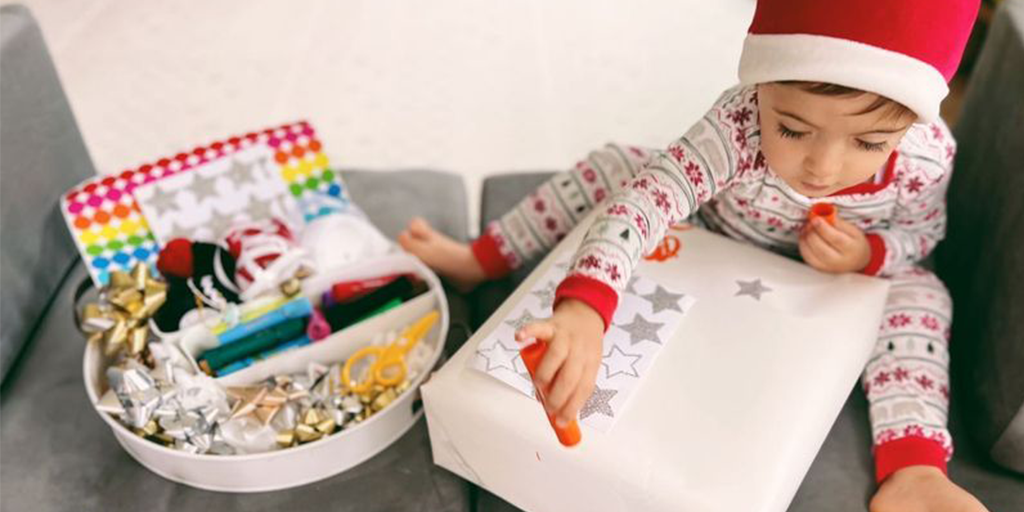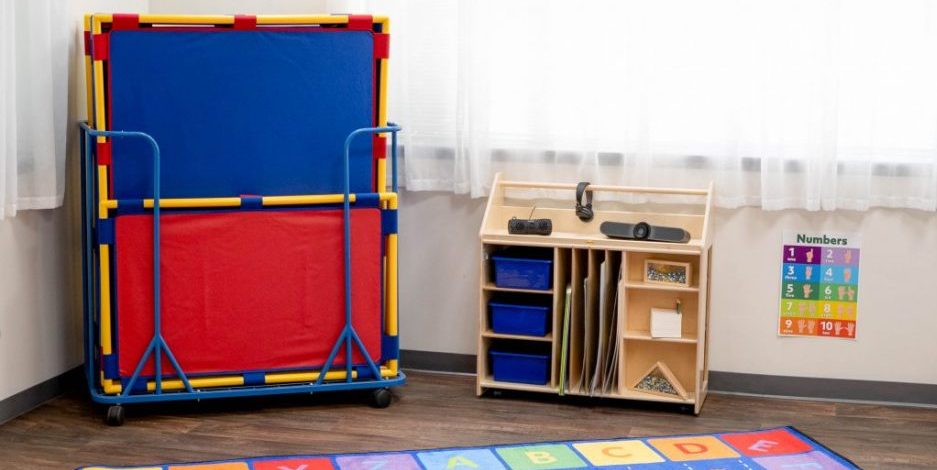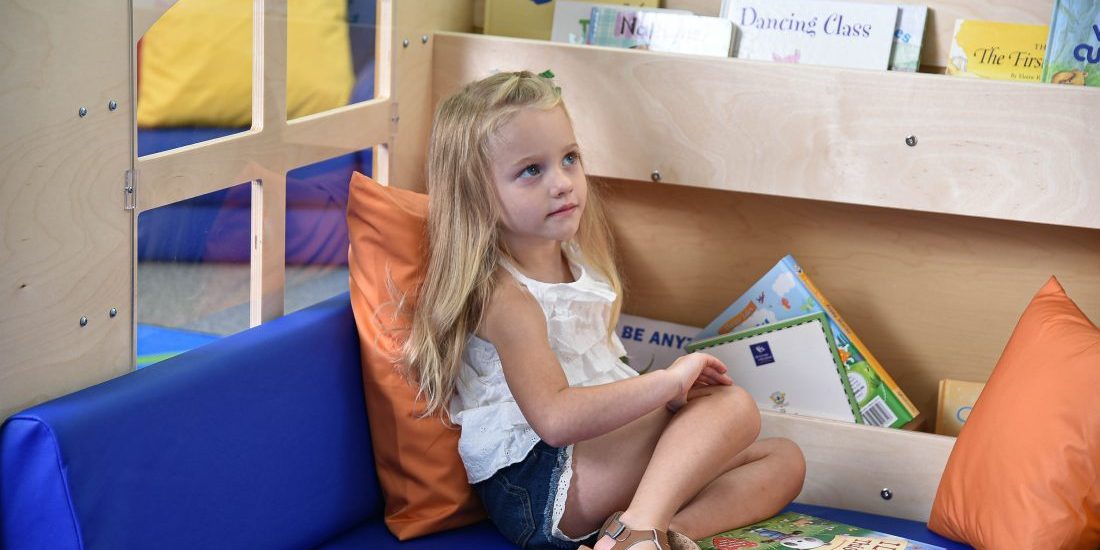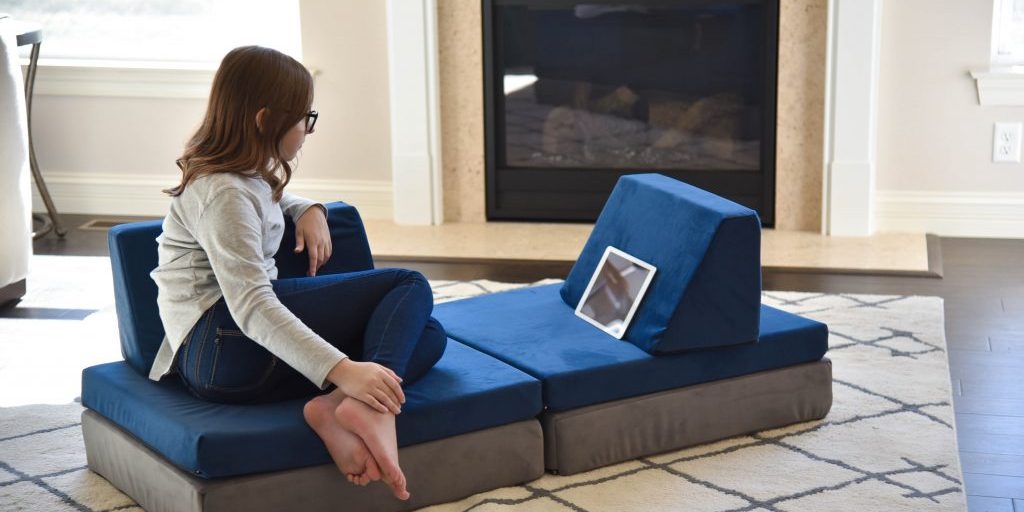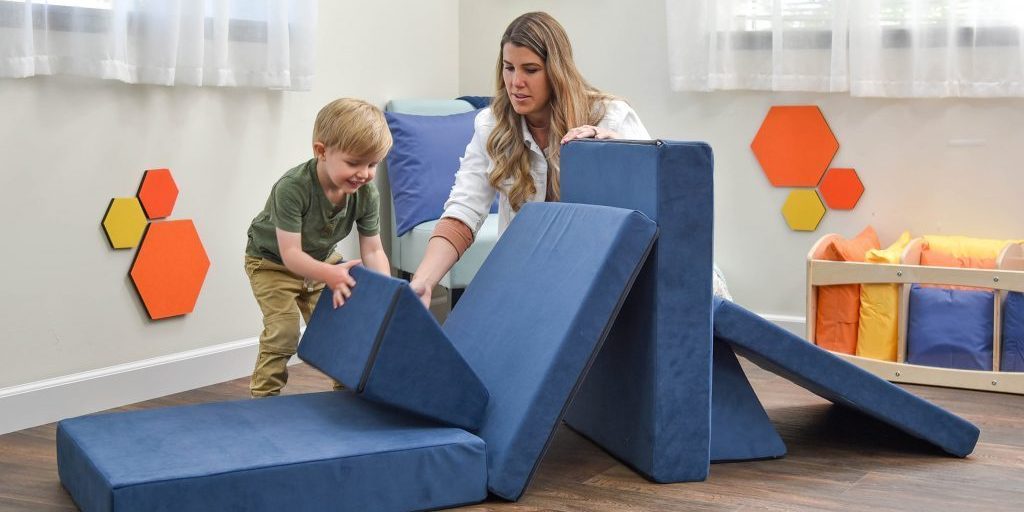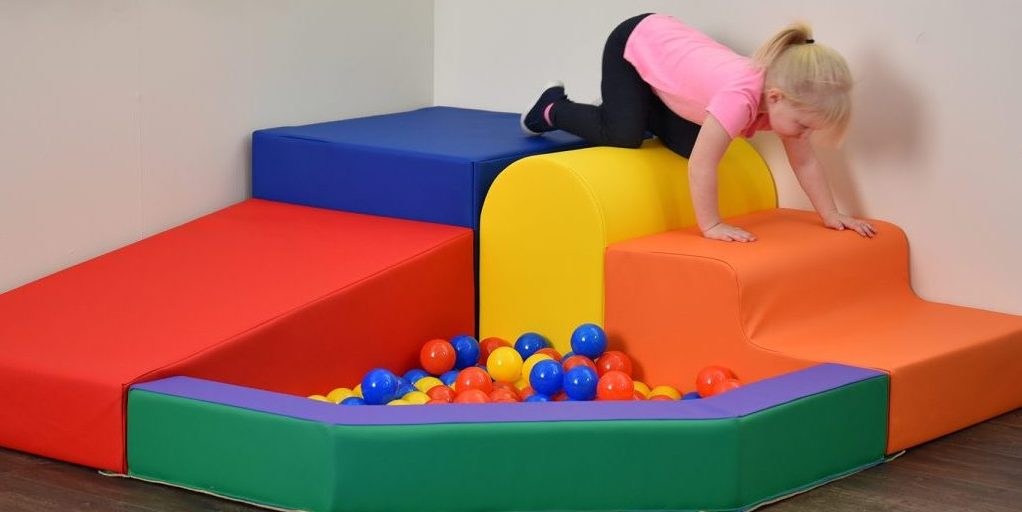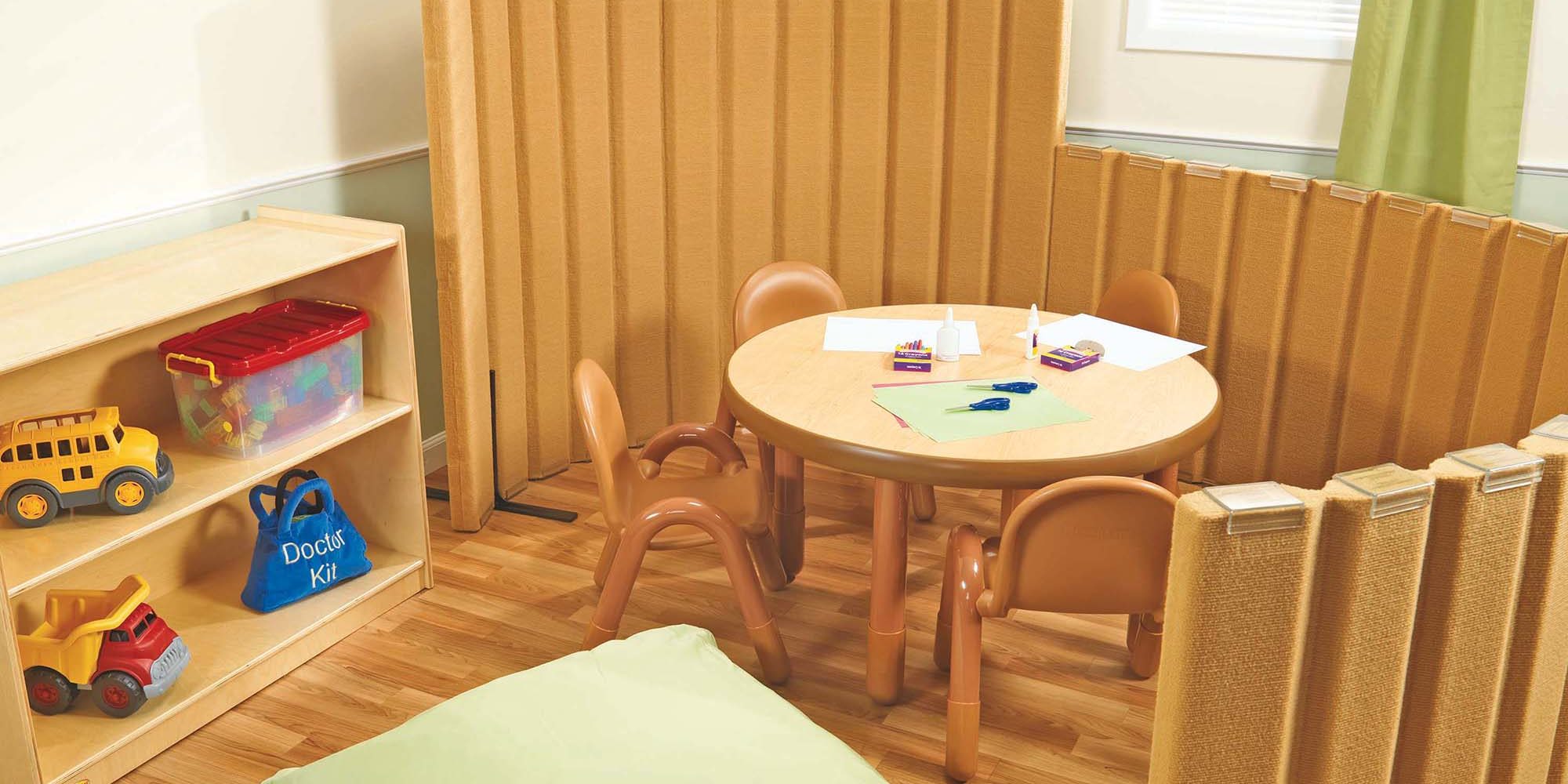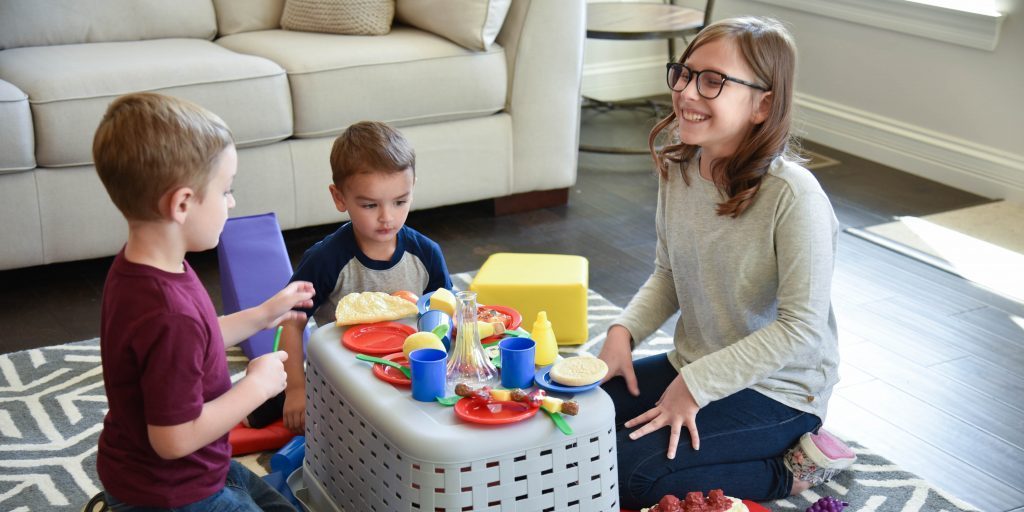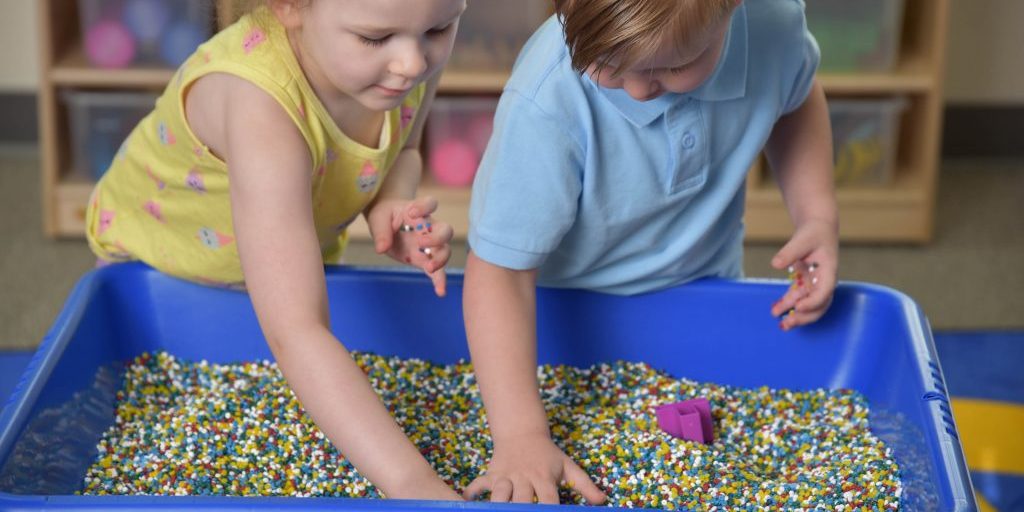
Rest Time: Tips for Creating Safe and Healthy Spaces
Children are wired to respond positively to predictable routines. Rest time is no exception to this rule. When childcare centers, preschools and other kinds of early education classrooms designate specific areas for children to nap, everyone wins. Little ones of different ages will have different needs when it comes More…
